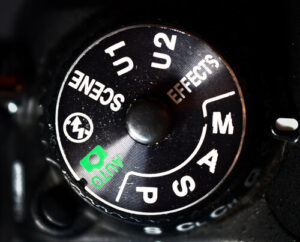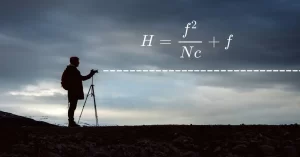Mastering Hyperfocal Distance: A Comprehensive Guide for Photographers

Introduction:
The concept of hyperfocal distance in photography is crucial, especially for landscape photographers who want to capture sharp images from the foreground all the way to the background. Understanding and calculating hyperfocal can be difficult due to factors such as lens type, shooting conditions, and aperture. This guide will explain what hyperfocal is, how it works, and why it’s important.
What is hyperfocal distance?
Hyperfocal Distance is the distance at which you focus your camera lens to maximize depth of field. This ensures that both foreground elements and background appear sharp. This is the distance that you set your camera’s lens at to ensure as much of the shot as possible is in focus, from the foreground all the way to the horizon.
Importance of Landscape Photography

Hyperfocal distance in landscape photography is important when including close objects into the scene. This ensures that the key elements in the scene, like rocks, trees, flowers or other foreground objects, are sharp, while the background is clear.
Complexity of Calculation

Although the definition may seem simple, it can be complicated by factors such as lens type, shooting conditions, and aperture. The subjective nature of the term “in focus” adds to the complexity of the process.
How to find hyperfocal distance:
- Hyperfocal Distance charts: These are pre-calculated distances based on aperture and focal length. They may not take into account the landscape that you are shooting, resulting in suboptimal results.
- Use a Focusing Slope: Some lenses have a focus scale that indicates depth of field for different apertures. These are primarily found on professional manual-focus lenses but can be an invaluable tool for determining the hyperfocal range.
- Double the Distance: This is a quick and easy estimation technique that allows you to focus on the foreground or background depending on the distance between the two. It’s not as accurate as other methods but it is a good starting point.
- Live View Infinity Focus Method – Focusing on infinity, and then reviewing the image for the nearest point that looks sharp. This method is based on visual judgement and requires practice to master.
- Blur Focus Method – Focus at the largest aperture until foreground and backround are both blurred. After that, slowly stop down the aperture to achieve the desired depth-of-field.
Conclusion:
Photographers who want to capture landscapes in the best possible clarity and sharpness must master hyperfocal distance. It may initially seem complicated, but experimenting with various methods and techniques can lead to better photographic results. Explore the world of hyperfocal range and take your landscape photography to a new level.



